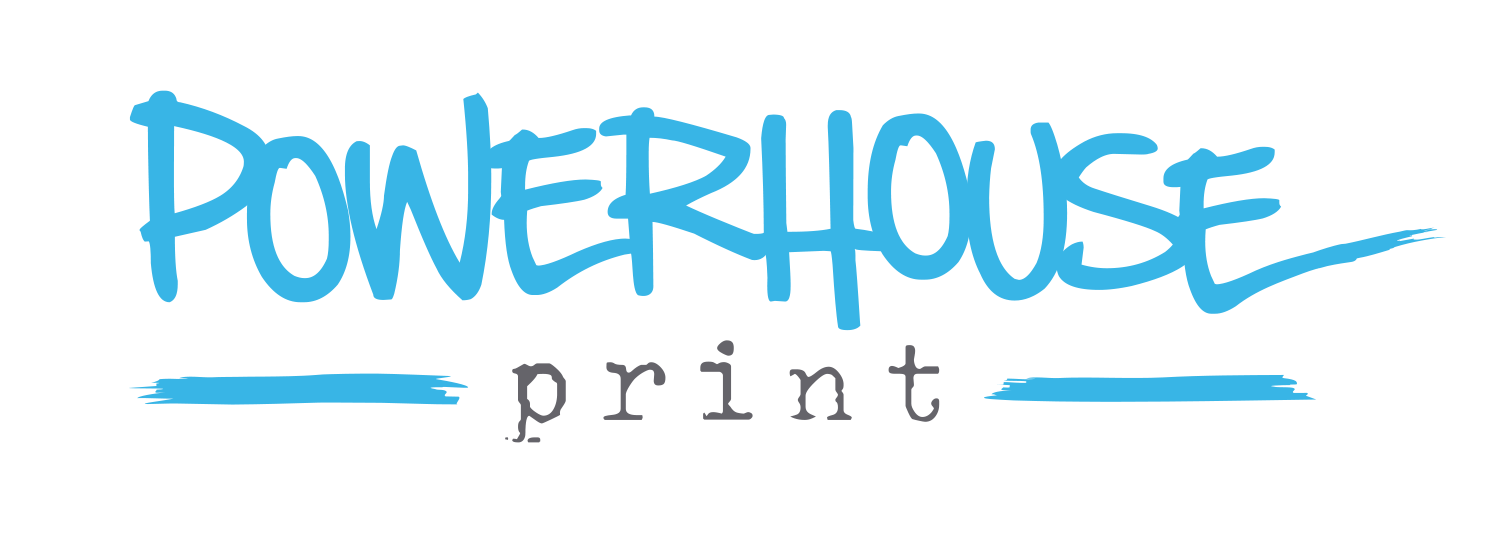FAQ
Have questions? We have answers!
Q: What is a print broker?
Q: Why would I use a broker?
Q: Will I have to pay an extra fee?
Q: What if I need help with graphic design?
Q: What kinds of printing jobs do you take on?
Q: What do you need in order to quote?
A: Please provide the following information in your quote request: description of product to be printed, quantity required, finished size, page count, number of colours, stock choice if known, binding requirements (saddle stitched, coil bound, perfect bound), finishing or specialty requirements (folded, die cut, embossed, foiled, etc) and date needed by.
Q: What are the file requirements?
A: Final files should be supplied in either vector format (Illustrator or InDesign) or as a high res (300dpi) PDF. Please avoid sending Microsoft Word, Powerpoint or Publisher files. Bleeds and crop marks are required if the ink goes to the edge of the document. Please indicate die lines for any die cut work.
Q: What else can I expect?
Stay Up to Date
Need a quick tip to get out of a design rut? Looking for a special price on our service of the month?
Sign up for our newsletter to get all of this and more. You may even find your business in the spotlight as a featured client!
Glossary
Unfamiliar with print jargon? Here’s what you need to know.
4/4 – stands for four process colours over four process colours (basically full colour on both the front and back of the document). You’ll also see various combinations like 4/0 (full colour front, no printing on back), 2/2 (two colours on front and two colours on back), etc.
.ai – Illustrator file
bleeds – an image that runs off the trimmed edge of the page (no white border)
c1s – coated one side
c2s – coated two sides
CMYK – stands for a combination of cyan/magenta/yellow/black and is generally what “four process colours” refers to
Die cut – special shape to the document (e.g. round corners on a business card)
Digital printing – image is sent directly to the printer via PDFs or other compatible software and eliminates the need for a printing plate. It creates faster turnaround times and is best used for smaller runs and situations where precise colour match is not necessary.
dpi – stands for dots per inch and is a term used to describe resolution or how “sharp” an image is. Printed documents typically require a file resolution of 300dpi. Anything less will result in an image that is not as clear.
Dye-sublimation printing – a printing process that uses heat to transfer dye onto materials such as a plastic, card, paper, or fabric.
.eps – InDesign file
Gloss – coated paper that has a gloss or shiny finish
Hi-res – high resolution (at least 300dpi)
.jpeg– a type of file format
Large format printing – computer controlled printing machine that supports a print roll width of between 18” and 100”. Used to print banners, posters, vinyl graphics, architectural drawings, etc.
Lo-res – low resolution (under 300dpi) which results in a lower quality document
Matte – a coated stock without the gloss (note: this is different from uncoated stock)
Offset printing – printing technique where the inked image is transferred from a plate to a rubber blanket and then to the printing surface. Most cost effective for medium to large runs. Essential when precise colour match is required.
PDF – stands for Portable Document Format and is the type of finished file format that is ideally required for print.
PMS colours – stands for Pantone Matching System, The idea behind the PMS is to allow designers to “color match” specific colors when a design enters production stage, regardless of the equipment used to produce the colour.
Screen printing – a printing technique whereby a mesh is used to transfer ink onto a substrate, except in areas made impermeable to the ink by a blocking stencil. One colour is printed at a time, so several screens can be used to produce a multicoloured image or design.
Sheet fed printing – a type of offset printing whereby single sheets of paper are fed into the press one at a time via a suction bar that lifts and drop each sheet into place.
Uncoated – no coating on the paper
Web printing – a type of offset printing whereby the paper is fed into the press via continuous rolls of paper as opposed to flat sheets. Typically used for very large runs.
